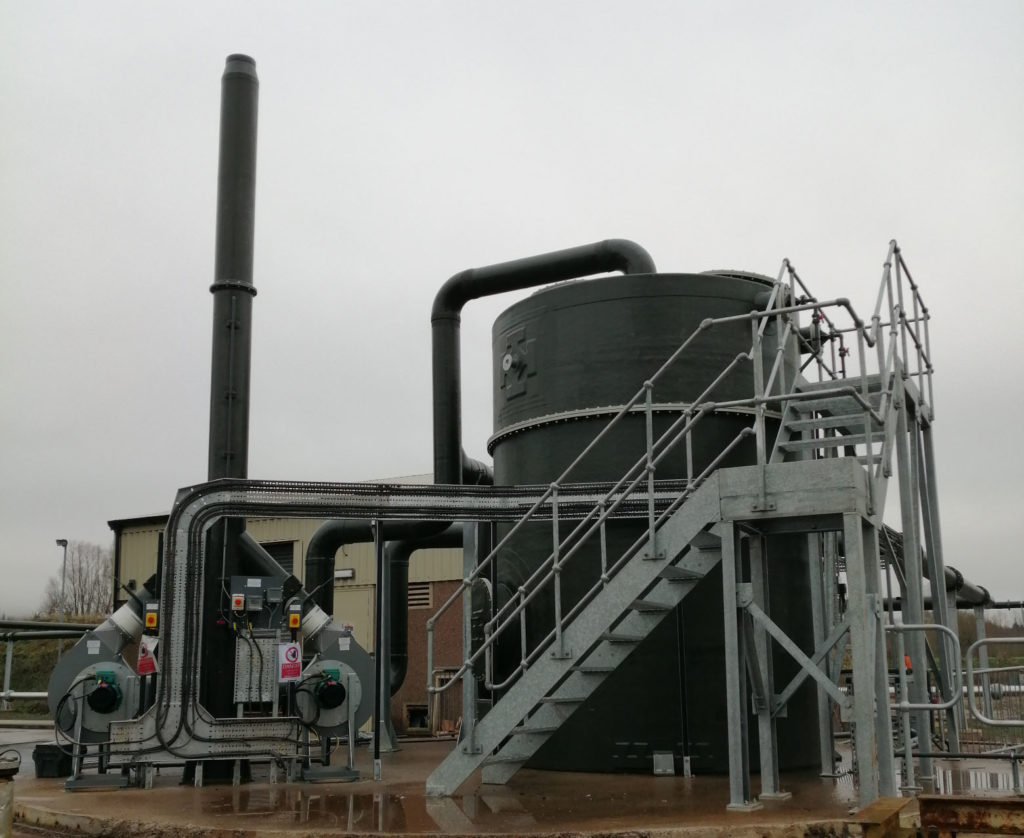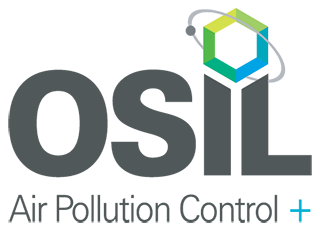
When industrial odours aren’t controlled they pollute the local environment. This is unpleasant for members of the public and other local businesses. It can also create poor working conditions that affect employee health and morale.
From an environmental perspective, air pollution is bad news because it affects the quality of the air we breathe. While certain odours are nothing more than a nuisance, hazardous air pollutants have the potential to cause health problems.
So, what can we do? We can implement odour control measures to prevent odour pollution or minimise it when prevention is not possible.
Here’s how you can determine if odour control is required for your operation:
Odour monitoring
Odour monitoring builds a complete picture of the scale of your odour problems and the root causes. The types of odour your operation produces, and the extent of the pollution, will be determined so we can design a solution.
At OSIL, we use on-site data loggers and olfactometry to detect and measure odours. The data collected allows us to build a complete picture of your odours. This in turn allows us to appropriately specify the correct odour control system.
Dispersion modelling
Dispersion modelling helps us understand how your emissions impact the wider environment. These surveys are used to estimate whether your emissions could harm the environment and cause a nuisance for members of the public.
Our dispersion models take into account a range of factors like exit velocity, thermal rises, airflow and external factors like meteorological patterns to build a complete picture of the environmental impact of your industrial odours.
Olfactometry
Olfactometry is a useful tool for evaluating and validating odour complaints. It involves collecting air samples and testing them in an accredited laboratory.
The difference between olfactometry and odour monitoring is that olfactometry is a single process in the wider odour monitoring process. It is a test and result service, used to identify the type of odours you produce so we can recommend the right solutions.
LEV and GEV Surveys
LEV and GEV Surveys are necessary to visually inspect and test extraction systems to determine if they are fit for purpose and functioning as intended. These surveys are a legal requirement to ensure fit-for-purpose extraction.
During an LEV / GEV survey, each piece of ventilation equipment in a system is inspected to ensure it is functioning within its design specifications. The system is then tested to make sure it is providing the specified level of exposure control.
Odour control systems
Adequate odour control depends on purpose-designed odour control plant. These are processes that prevent or abate pollution. They include:
- Biological systems
- Dry media systems
- Wet scrubbers (water or chemical)
Odour control systems can be simple (e.g. single-stage system.) or complex (e.g. a multi-stage systems) to meet the specified level of odour control performance. In some situations, it’s possible to design systems that vent nothing but clean air, while other times odour minimisation is the best outcome.
Want to know more about industrial odour control? Feel free to call us on (0) 1543 506855 for a chat about how we can help you.
